12 Countries With Must-Try Wine and Food Pairings
Exploring the world of wine and food pairings offers a unique opportunity to experience the rich culinary traditions of different countries. From Italy’s classic pasta and wine combinations to Argentina’s famous asado with Malbec, each pairing highlights the flavors that define a region’s cuisine. Whether you’re a wine enthusiast or a food lover, these pairings create unforgettable dining experiences that bring out the best in both the dishes and the wines.
This post may contain affiliate links, which helps keep this content free. Please read our disclosure for more info.
Italy – Pasta and Chianti
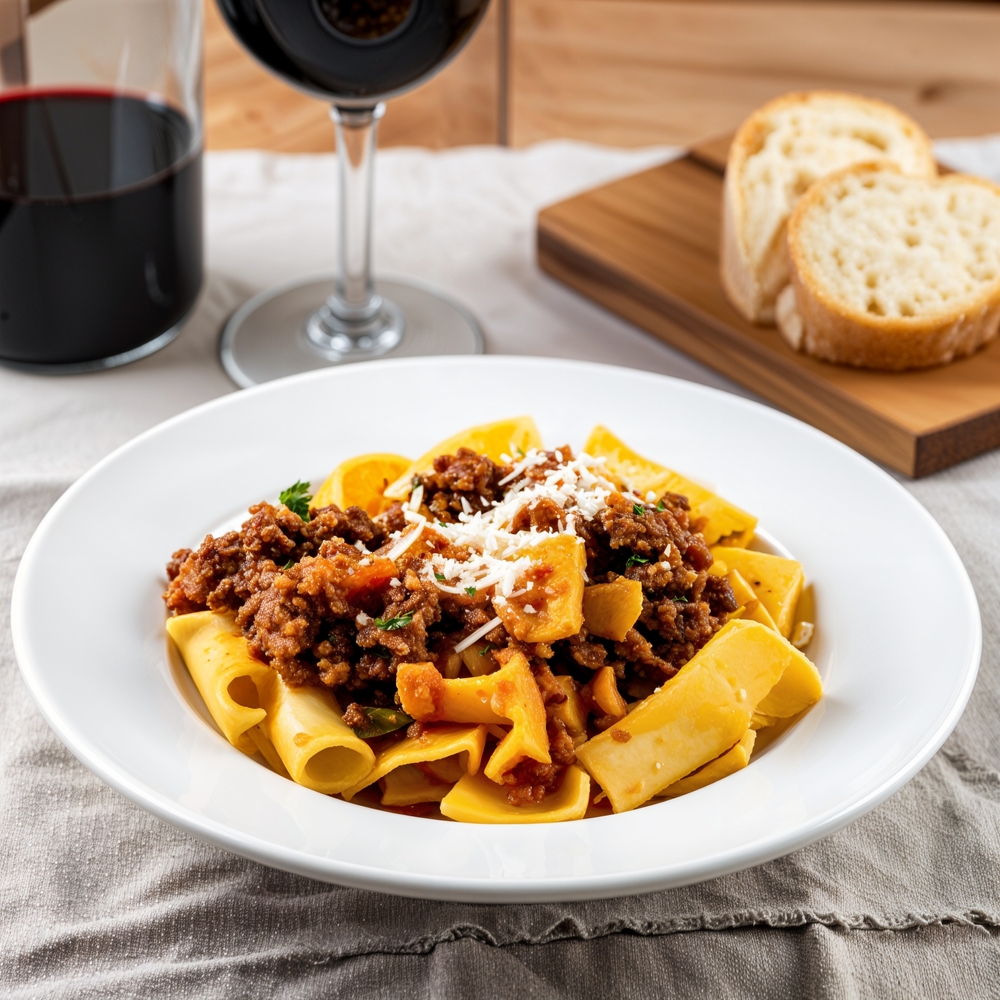
Italy offers some of the most iconic wine and food pairings, and the combination of pasta with Chianti is a must-try. The Chianti, with its bright acidity and fruity notes, complements rich tomato-based sauces commonly found in Italian pasta dishes, such as spaghetti pomodoro or bolognese. The wine cuts through the richness of the sauce, creating a harmonious balance between the acidity of the wine and the savory flavors of the pasta.
Each region in Italy offers different food and wine combinations, from the seafood pastas of the Amalfi Coast paired with light, crisp white wines to the rich meat-based dishes in Tuscany that pair wonderfully with Chianti. This diversity makes Italian wine and food pairings an essential experience for anyone looking to savor the full breadth of the country’s culinary offerings.
France – Coq au Vin and Burgundy
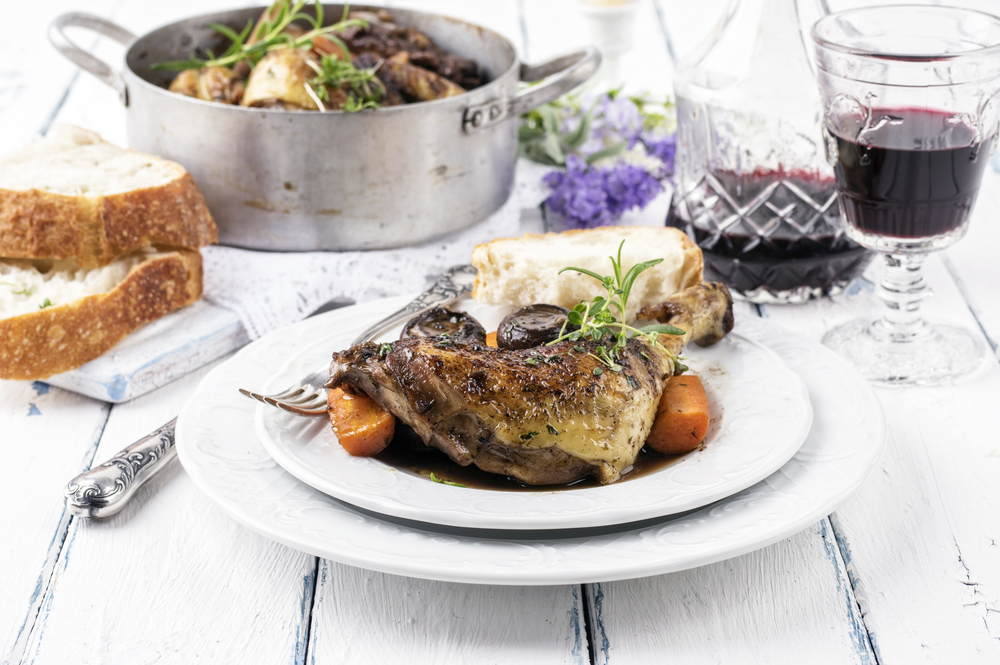
In France, Coq au Vin is a classic dish made from chicken slowly braised in red wine, typically Burgundy, alongside mushrooms, onions, and bacon. This dish embodies the essence of French country cooking, and the deep flavors of the Burgundy wine elevate the rich, savory profile of the coq au vin. The wine’s tannins meld with the savory chicken, making every bite an exquisite experience.
Burgundy is famous for its Pinot Noir, which is lighter in body but rich in flavor, making it perfect for dishes like Coq au Vin. This pairing highlights the connection between French culinary traditions and regional wines, with the wine enhancing the flavors of local ingredients. The balance between the wine and the dish makes this pairing a true French delight.
Spain – Paella and Albariño
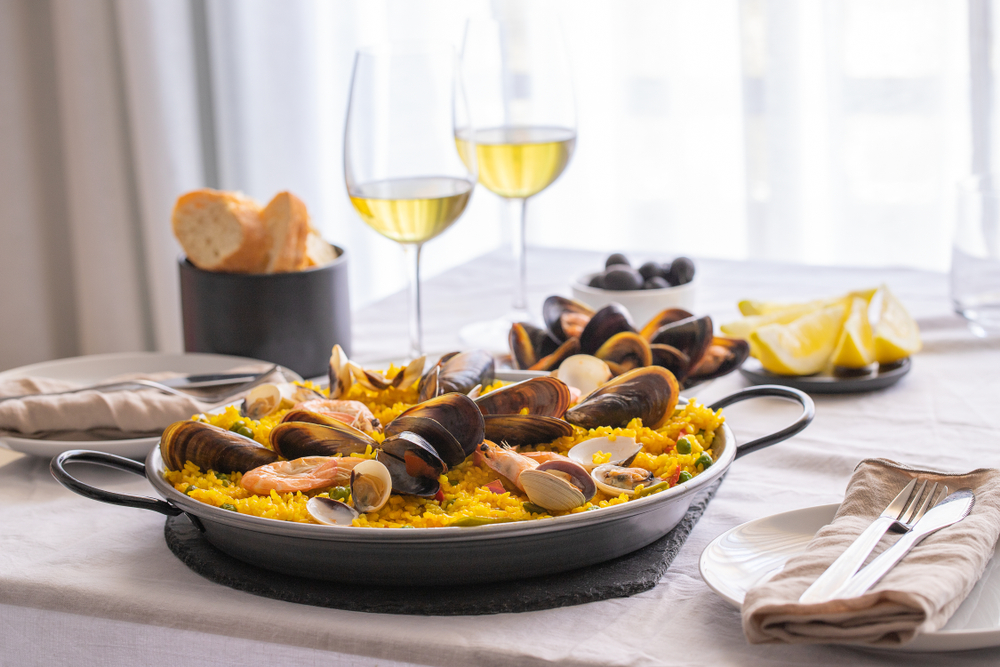
Spain’s Paella, a flavorful rice dish from Valencia, pairs perfectly with Albariño, a white wine from the region of Galicia. The Albariño has a crisp acidity and citrus notes that work wonderfully with the seafood, saffron, and spices typically found in Paella. Whether it’s a seafood Paella or a mixed version with meat and seafood, the Albariño’s freshness and floral characteristics complement the variety of ingredients, making for a refreshing and balanced pairing.
Albariño’s acidity also helps cut through the richness of the dish, cleansing the palate between bites. This combination is an example of how Spanish wines are perfectly tailored to local dishes, showcasing the country’s expertise in matching food and wine with regional specialties.
Argentina – Asado and Malbec
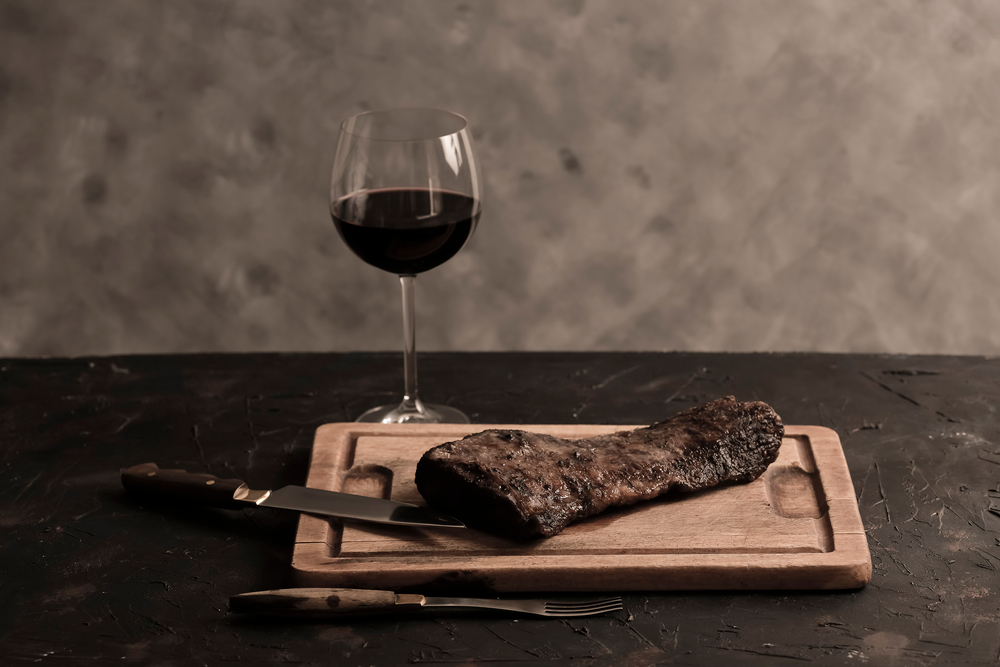
Argentina is known for its Asado, a traditional barbecue where various cuts of meat are cooked over an open flame. Malbec, Argentina’s flagship red wine, is the perfect match for the smoky, charred flavors of Asado. The wine’s dark fruit flavors, deep tannins, and full-bodied nature enhance the richness of the meat, creating an incredibly satisfying pairing. Whether you’re grilling steaks, sausages, or ribs, Malbec brings out the best in the smoky, juicy flavors of the meat.
The earthy undertones of Malbec also pair well with the seasonings used in the Asado, such as chimichurri, a zesty herb sauce. This pairing reflects Argentina’s tradition of combining local ingredients with the wine that grows in its fertile soil, showcasing a deep cultural connection between food and wine.
Portugal – Bacalhau and Vinho Verde
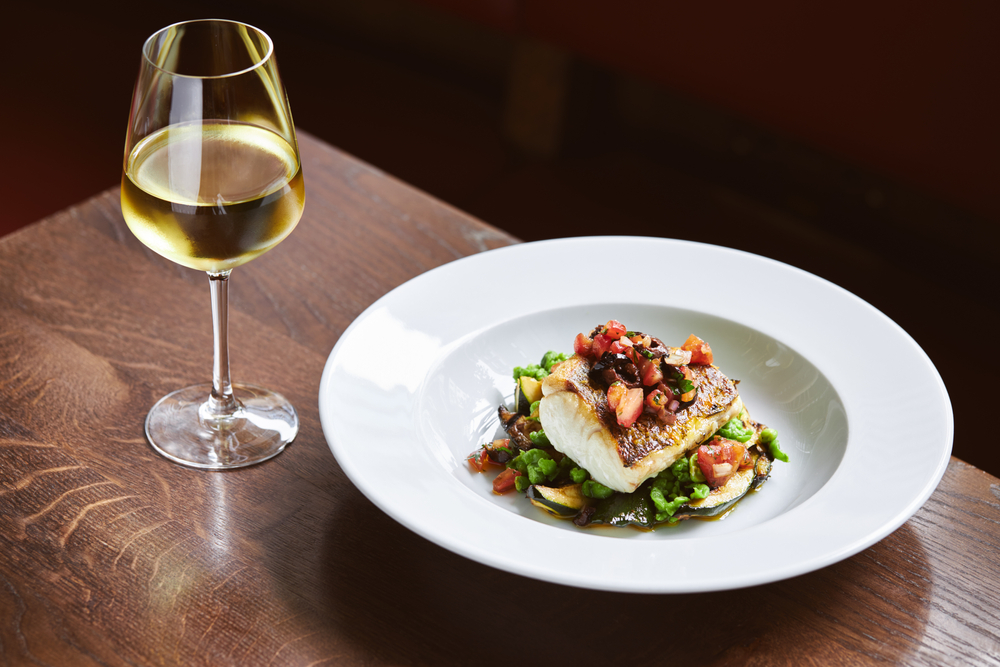
Bacalhau, the salted codfish that is a staple in Portuguese cuisine, pairs beautifully with Vinho Verde, a refreshing, slightly effervescent white wine. The light, crisp nature of Vinho Verde balances the saltiness of the Bacalhau, making it an ideal match for the dish’s delicate flavors. The wine’s subtle fruitiness and slight spritz also help cleanse the palate between bites, enhancing the overall dining experience.
In Portugal, Bacalhau is often prepared in a variety of ways, whether roasted, boiled, or sautéed with vegetables, and Vinho Verde’s versatility means it can complement any style. This pairing is a perfect example of how Portuguese wines and traditional dishes are designed to highlight one another’s best qualities.
Australia – Lamb and Shiraz
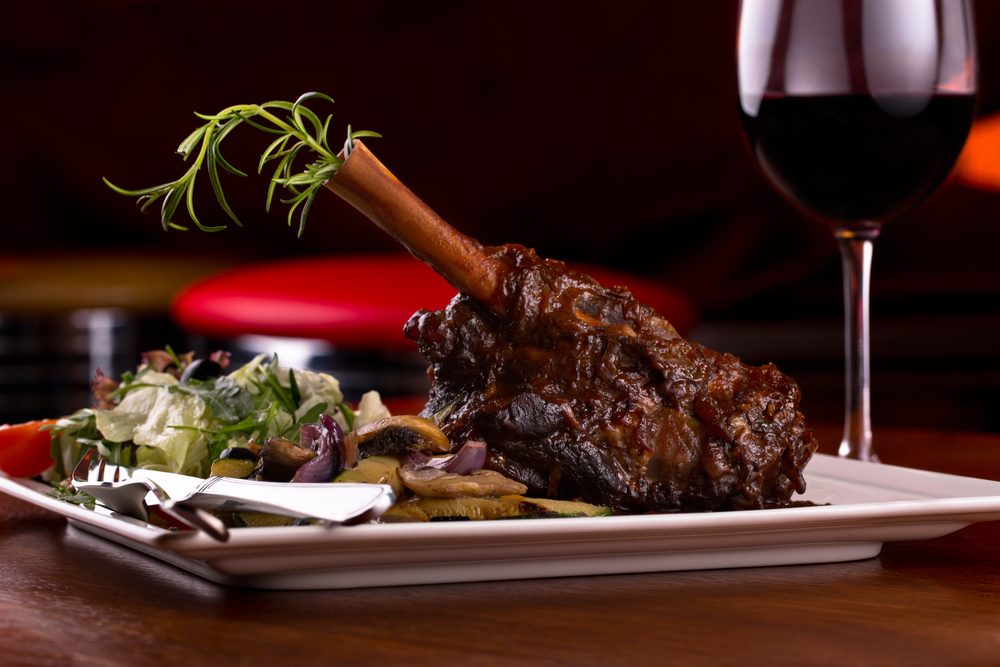
Australia’s culinary scene often revolves around its exceptional lamb, and when paired with a bold Shiraz, the results are outstanding. The rich, gamey flavors of Australian lamb, whether roasted, grilled, or braised, are perfectly matched with the full-bodied, spicy notes of Shiraz. The wine’s dark fruit flavors and peppery undertones complement the savory depth of the lamb, making each bite more flavorful.
The pairing of lamb and Shiraz is especially popular in the wine regions of Barossa Valley, where the soils produce some of the best Shiraz in the world. The combination of local produce and exceptional wine showcases the depth of Australian culinary traditions.
Greece – Moussaka and Agiorgitiko
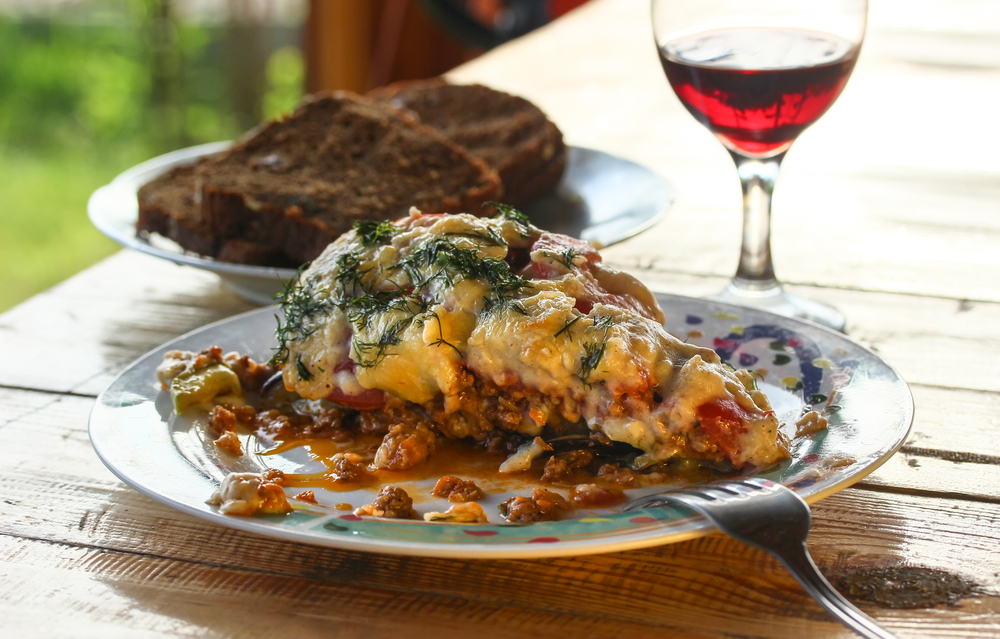
Moussaka, the iconic Greek casserole made from layers of eggplant, ground meat, and béchamel sauce, pairs excellently with Agiorgitiko, a red wine native to Greece. The medium-bodied nature of Agiorgitiko, with its soft tannins and notes of dark berries and herbs, complements the rich, comforting layers of the Moussaka. The wine enhances the spiced meat and creamy béchamel, making the dish feel even more indulgent.
This pairing also showcases the connection between Greece’s ancient culinary traditions and modern wine production, where local wines have been tailored to perfectly match the flavors of regional dishes. Agiorgitiko’s versatility allows it to pair not only with Moussaka but with a variety of Greek cuisine.
Mexico – Tacos al Pastor and Mezcal
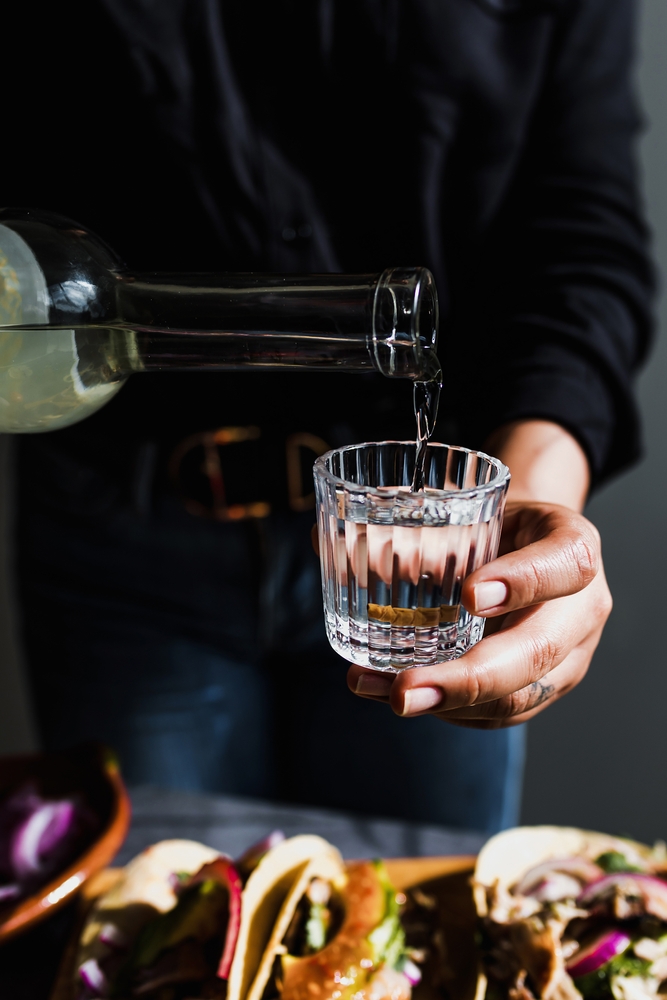
Tacos al Pastor, made with marinated pork and served with pineapple, is a favorite Mexican street food. When paired with Mezcal, a smoky agave-based spirit, the flavors of the dish are elevated. The smokiness of the Mezcal complements the charred, spicy pork, while the sweetness of the pineapple balances the drink’s earthy notes. This pairing is a perfect example of how Mexico’s local ingredients and drinks come together to create bold, exciting flavors.
Mezcal is often enjoyed with a slice of orange and a sprinkle of chili powder, making it a dynamic companion to the complex flavors of tacos al Pastor. This pairing highlights Mexico’s rich culinary history and its unique approach to combining food and drink.
Chile – Empanadas and Carmenère
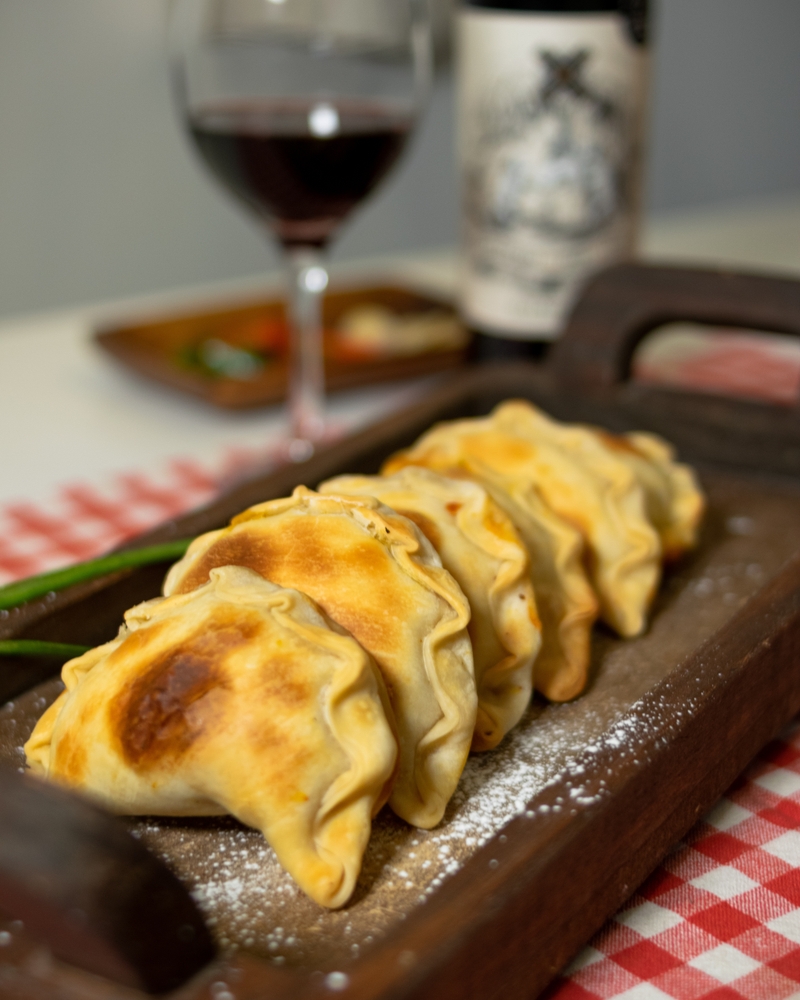
Carmenère, a red wine that has become Chile’s signature grape, pairs wonderfully with the country’s famous empanadas. These savory pastry pockets are typically filled with beef, chicken, or cheese, and the bold, fruity flavors of Carmenère complement the spices and richness of the filling. The wine’s soft tannins and herbal notes enhance the flavor of the empanadas without overpowering the delicate pastry.
Chile’s long history with wine, especially its mastery of Carmenère, is evident in how well it complements traditional dishes. This pairing exemplifies the perfect balance between local ingredients and the regional wine that has been crafted to enhance them.
Germany – Sauerkraut and Riesling

Germany’s rich culinary tradition of hearty, fermented foods like sauerkraut pairs perfectly with Riesling, one of the country’s most renowned wines. The bright acidity of Riesling balances the tangy, sour flavors of sauerkraut, while its floral and fruity notes bring a fresh contrast to the earthiness of the dish. This combination is commonly enjoyed alongside sausages, with the wine acting as a perfect palate cleanser.
Riesling’s versatility allows it to complement a variety of German dishes, from bratwurst to rich pork roasts. This pairing highlights the balance between the wine’s natural sweetness and the dish’s tangy flavors, making it a classic in German cuisine.
New Zealand – Green-lipped Mussels and Sauvignon Blanc
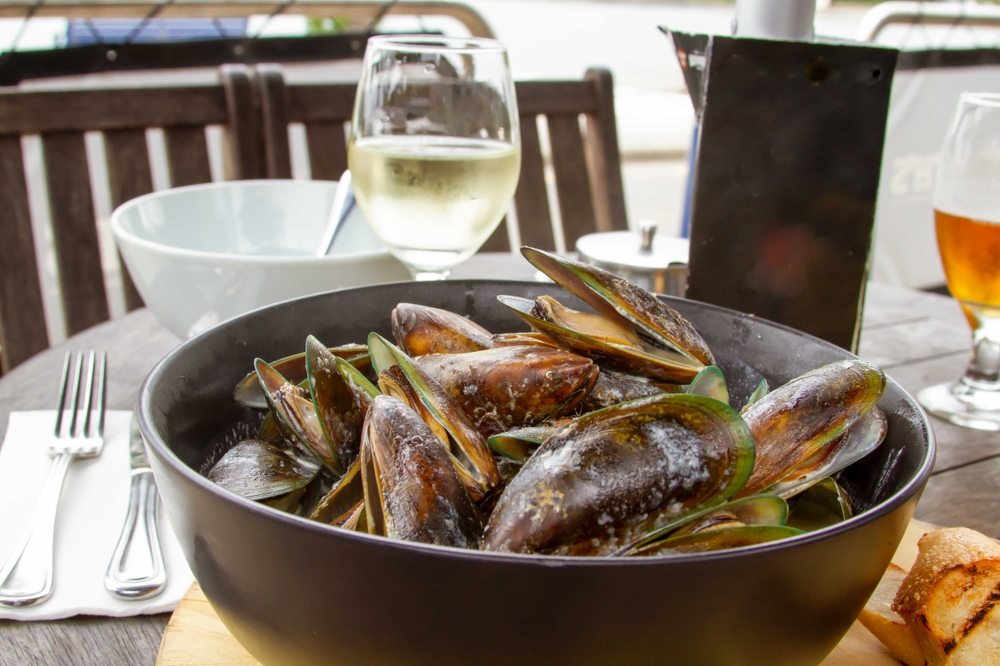
New Zealand is renowned for its fresh seafood, and green-lipped mussels are among the most iconic. These mussels, often served with garlic butter or in a creamy broth, pair beautifully with New Zealand’s signature Sauvignon Blanc. The wine’s crisp acidity and vibrant citrus notes enhance the fresh, briny taste of the mussels, while its herbal undertones complement the garlic and herbs often used in the dish.
New Zealand’s Sauvignon Blanc, particularly from the Marlborough region, is known for its distinctive style, and when paired with green-lipped mussels, it highlights both the wine’s and the seafood’s best qualities. This pairing is a celebration of New Zealand’s coastal culinary heritage.
Japan – Sushi and Sake
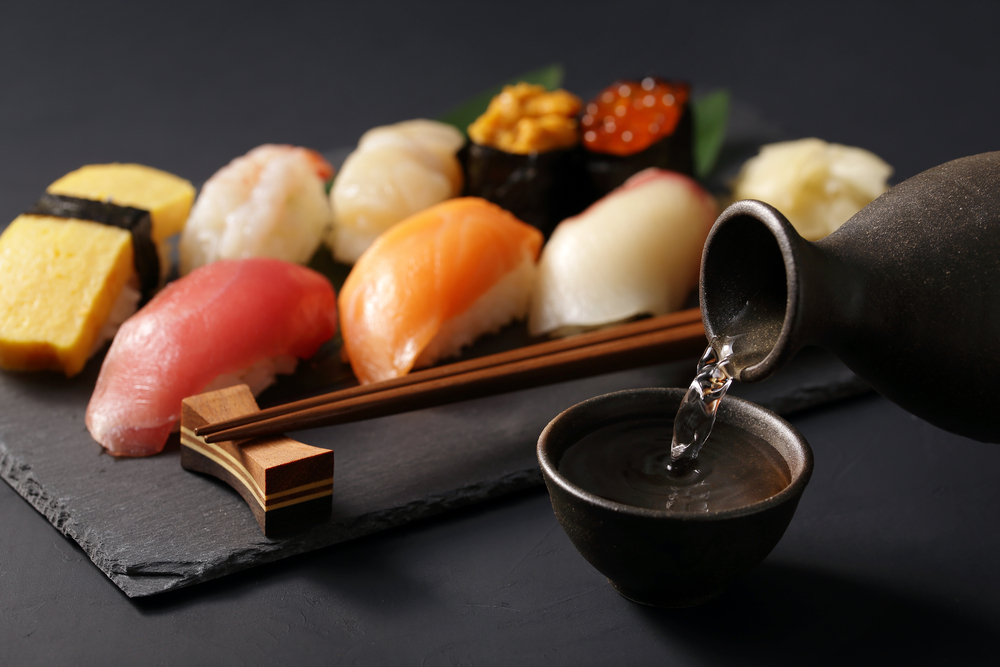
In Japan, sushi and sake make for an essential pairing. The delicate flavors of sushi, particularly nigiri and sashimi, are complemented by the clean, subtle notes of sake. The slightly sweet, umami-rich flavor of sake enhances the freshness of the raw fish, creating a harmonious balance between the two. This pairing is deeply rooted in Japan’s cultural appreciation for simplicity and balance in both food and drink.
The type of sake can vary depending on the sushi selection, with lighter sakes pairing well with white fish and more robust varieties complementing fatty tuna or eel. This traditional Japanese pairing showcases the precision with which food and drink are enjoyed in the country.
This article originally appeared on Avocadu.
